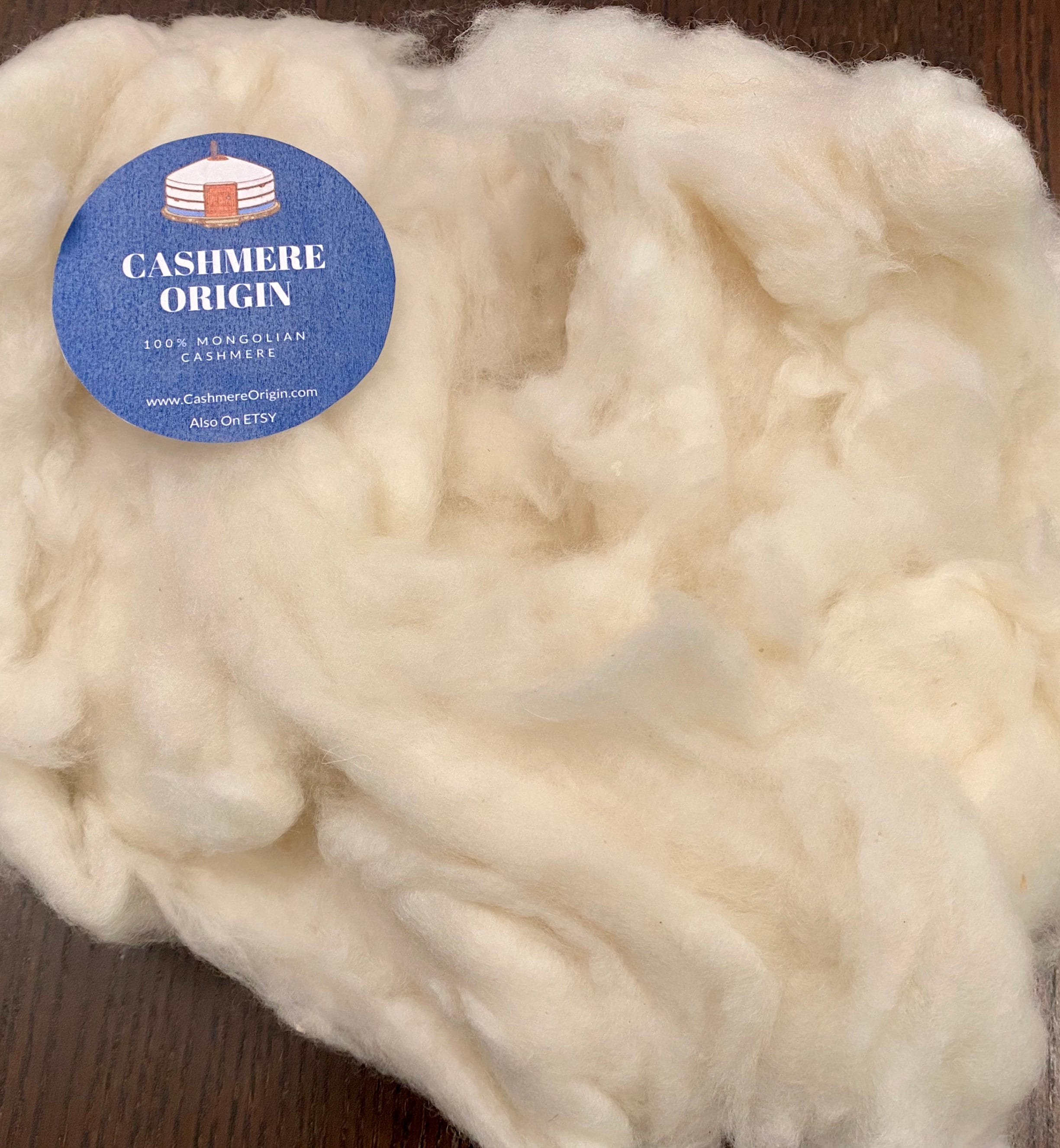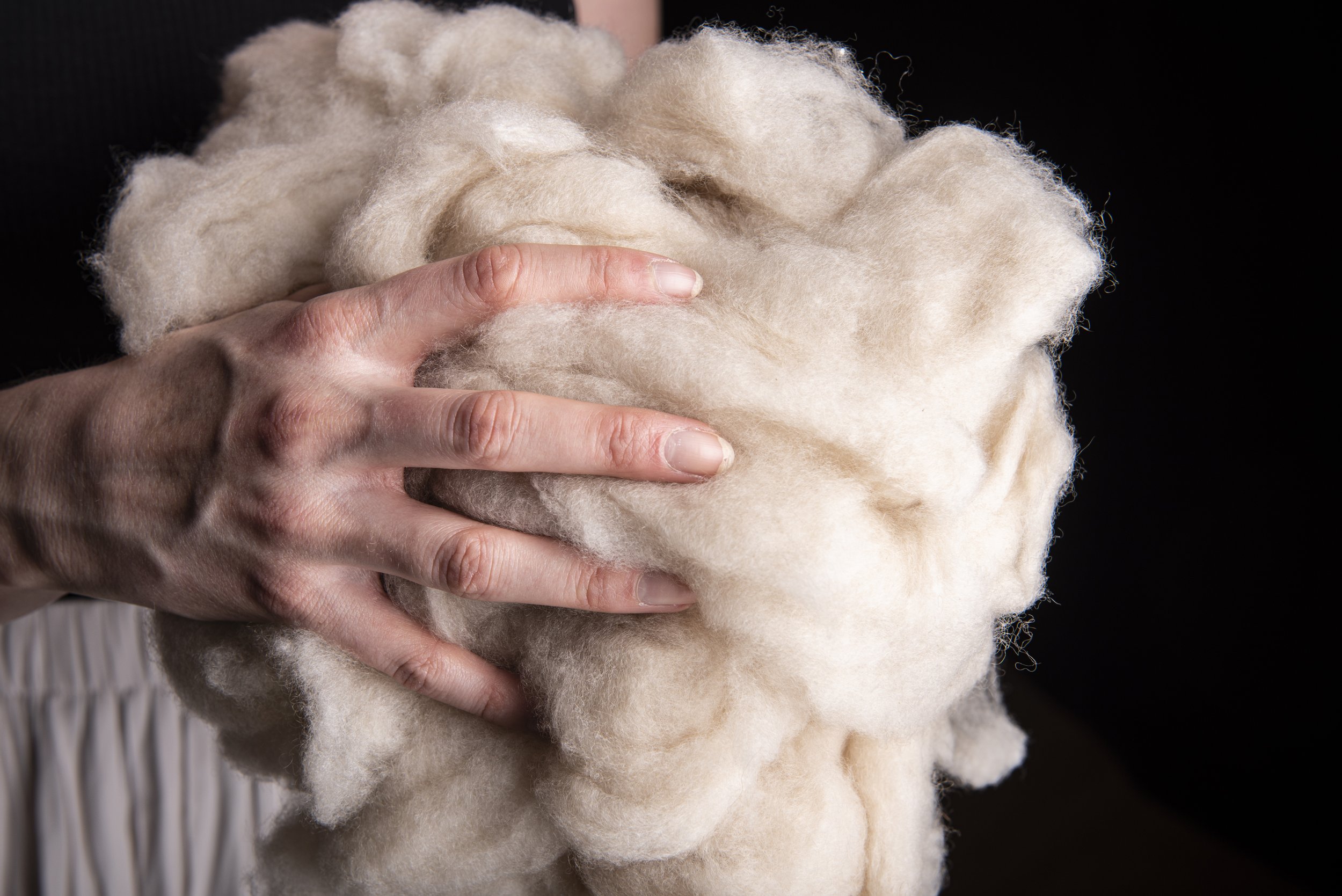What Material Is Cashmere? Understanding Its Special Characteristics and Uses
What Material Is Cashmere? Understanding Its Special Characteristics and Uses
Blog Article
Comprehending the Various Types of Cashmere a Natural Fiber and Their Distinct Advantages

The Origins of Cashmere: A Historic Summary
While the luxurious touch of cashmere continues to charm modern consumers, its origins trace back to the rough, cool environments of Mongolia and the Mountain ranges. For centuries, the native individuals of these areas have been elevating Capra Hircus goats, the prime source of cashmere woollen. These goats, resilient versus the extreme winters, grew a great undercoat to survive, which later on became referred to as cashmere. The name itself pays tribute to Kashmir, a region in India where the woollen was at first refined. Much of the early cashmere trade route was assisted in by the Silk Roadway, connecting Asia with the Center East and Europe. Despite its worldwide spread, the finest cashmere is still thought to stem from the original regions of Mongolia and the Mountain Ranges.

The Production Process: From Goat to Garment
Shearing a Capra Hircus goat marks the beginning of the complex cashmere manufacturing procedure. This delicate procedure usually happens once a year during spring. The penalty, soft undercoat is then separated from the coarser outer hair, a process referred to as dehairing. The resultant raw cashmere is then cleaned to get rid of pollutants such as oil, dirt, and vegetable issue.
The tidy fiber is subjected to coloring, spinning, and weaving, or knitting, to change it into a fabric. Complicated procedures such as high quality control checks and completing procedures follow, making sure completion product preserves the elegant requirement anticipated of cashmere. This meticulous procedure, from goat to garment, warrants the high expense connected to cashmere products, making them a symbol of deluxe and refinement.
The Various Kinds Of Cashmere: A Thorough Evaluation

The One-of-a-kind Benefits of Cashmere: Convenience and Sustainability
Moving from the selection of cashmere kinds to the benefits they offer, comfort and sustainability stand out plainly. Cashmere, a natural fiber, is renowned for its unmatched gentleness, offering a level of comfort that synthetic fibers can not match. The material's agility, yet impressive heat retention, makes it optimal for all periods. Cashmere's navigate here natural elasticity enables it to return to its original form, making it immune to diminishing or stretching.
When it pertains to sustainability, cashmere is biodegradable and renewable, as it's gathered from cashmere goats that regrow their layers every year. what is cashmere. Unlike artificial fibers which can take hundreds of years to decay, cashmere's impact on the environment is marginal. This mix of convenience and sustainability makes cashmere a valuable option for mindful customers

Taking Care Of Your Cashmere: Upkeep and Preservation Tips
While cashmere is unquestionably a lasting and glamorous option, it needs specific treatment to keep its quality and expand its life-span. To start, cashmere must be hand cleaned using cool water and a moderate detergent. Avoid wringing the garment or turning as it can damage the fibers. Rather, gently Click This Link capture out excess water and lay it flat on a towel to dry. Cashmere things should be saved in a cool and completely dry place, away from direct sunshine and moisture. Making use of moth repellents can safeguard these garments from potential damage. It's recommended to prevent hanging cashmere to avoid extending. Rather, fold and store them correctly to maintain their form and top quality over time.
Buying Cashmere: Recognizing Its Worth and Well Worth
Although cashmere may initially seem like a pricey investment, its long-term worth and worth come to be obvious when you consider its impressive high qualities. Known for its unmatched soft qualities and heat, cashmere is a costs all-natural fiber that surpasses various other products. Spending in cashmere, as a result, is not simply about present fashion fads, yet about welcoming a sustainable, resilient, and elegant lifestyle.
Final Thought
In recap, the kind of cashmere one selects, be it Mongolian, Chinese, or Italian, is dictated by individual preferences for heat, high-end, spending plan, and sustainability. Understanding the beginnings, manufacturing process, and one-of-a-kind benefits of various kinds of my explanation cashmere can guide customers in their financial investment in this luxurious all-natural fiber.
Whether it's the phenomenal heat of Mongolian cashmere, the affordability of Chinese cashmere, or the eco-conscious production of Italian cashmere, there's a tale to be found behind each fiber type. Cashmere, an all-natural fiber, is renowned for its unmatched gentleness, giving a level of convenience that artificial fibers can't match.When it comes to sustainability, cashmere is biodegradable and eco-friendly, as it's harvested from cashmere goats that regrow their coats yearly. Recognized for its unparalleled gentleness and warmth, cashmere is a premium natural fiber that exceeds other products. Comprehending the beginnings, manufacturing procedure, and special advantages of various types of cashmere can guide customers in their financial investment in this elegant natural fiber.
Report this page